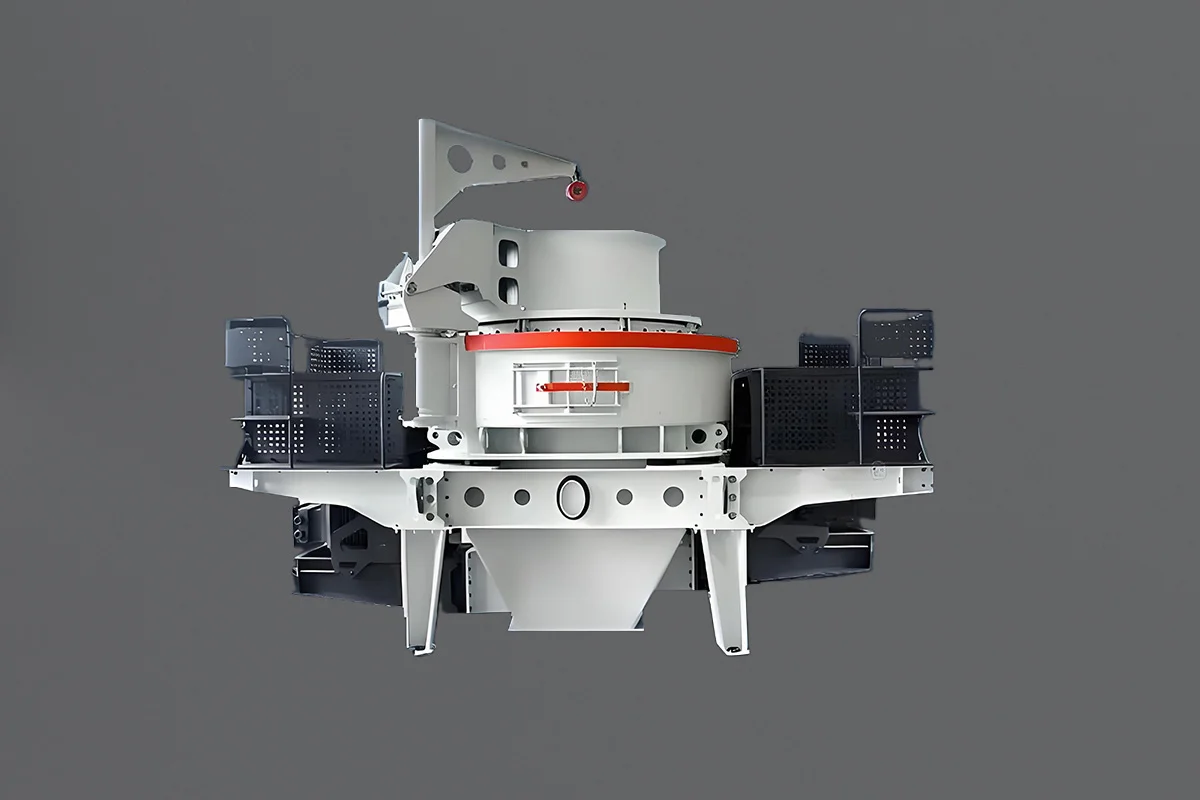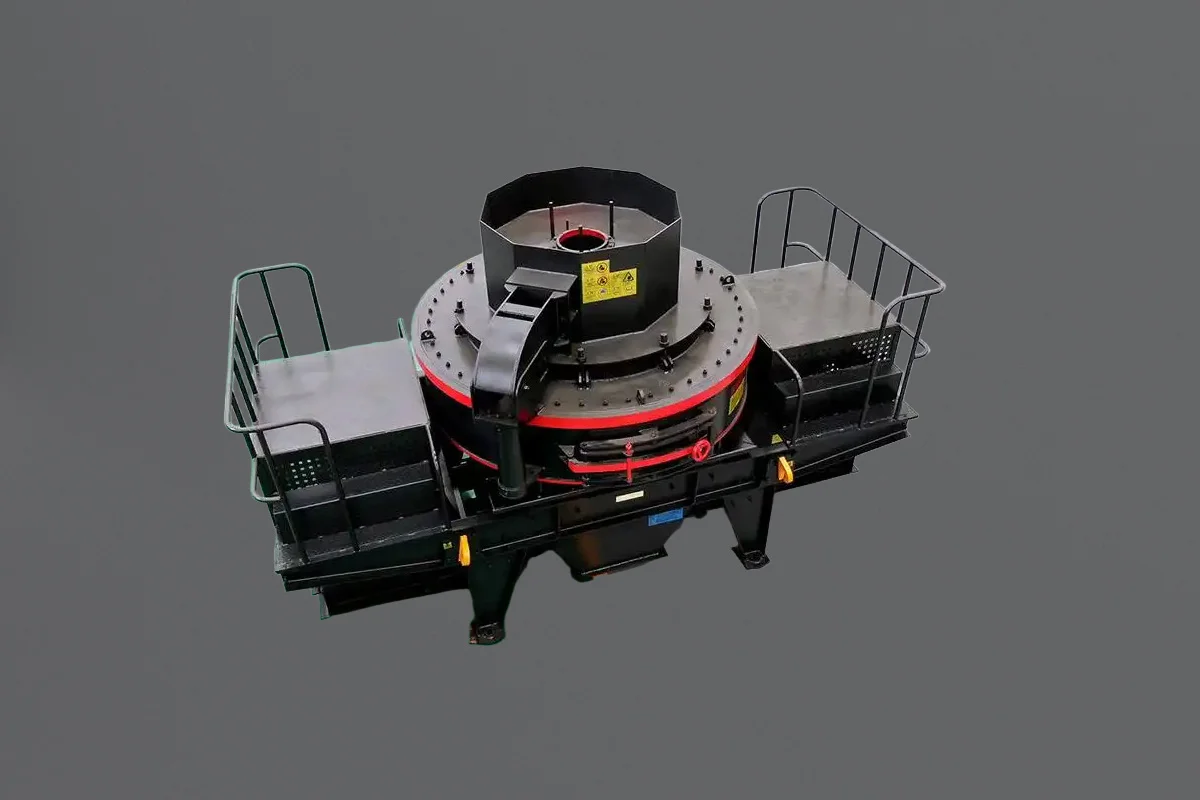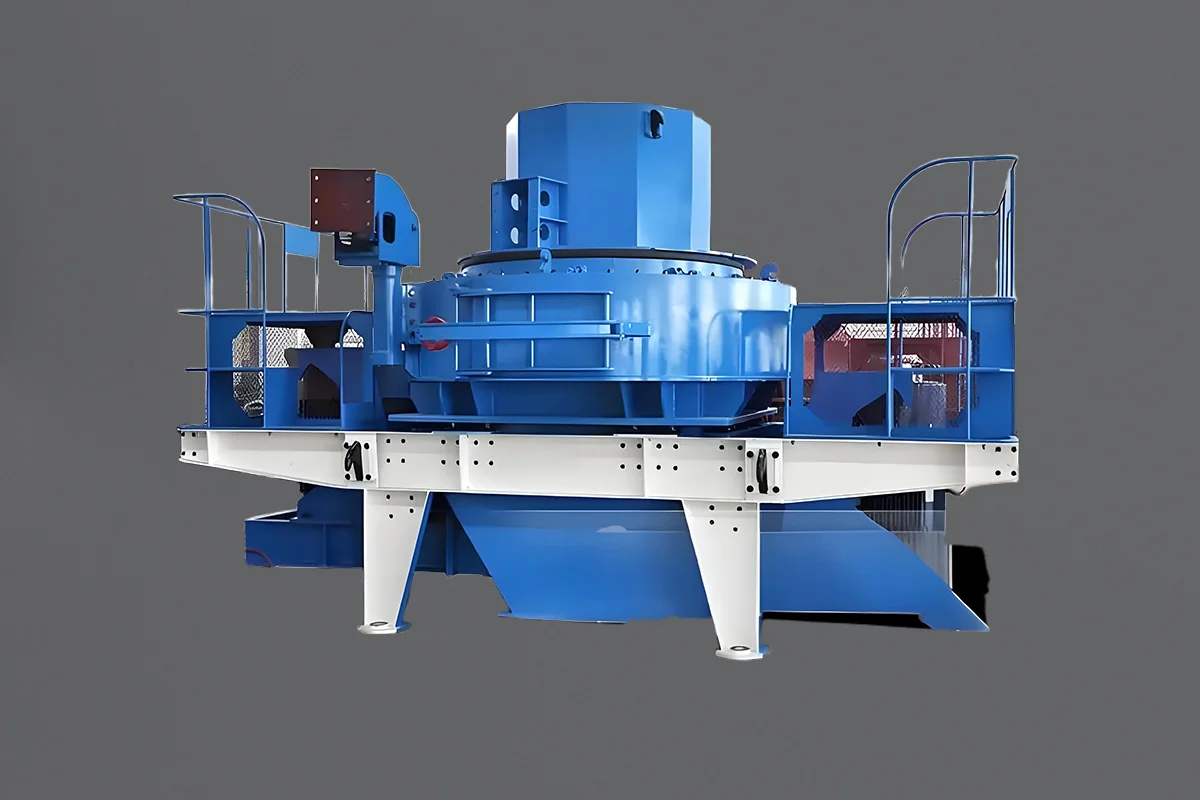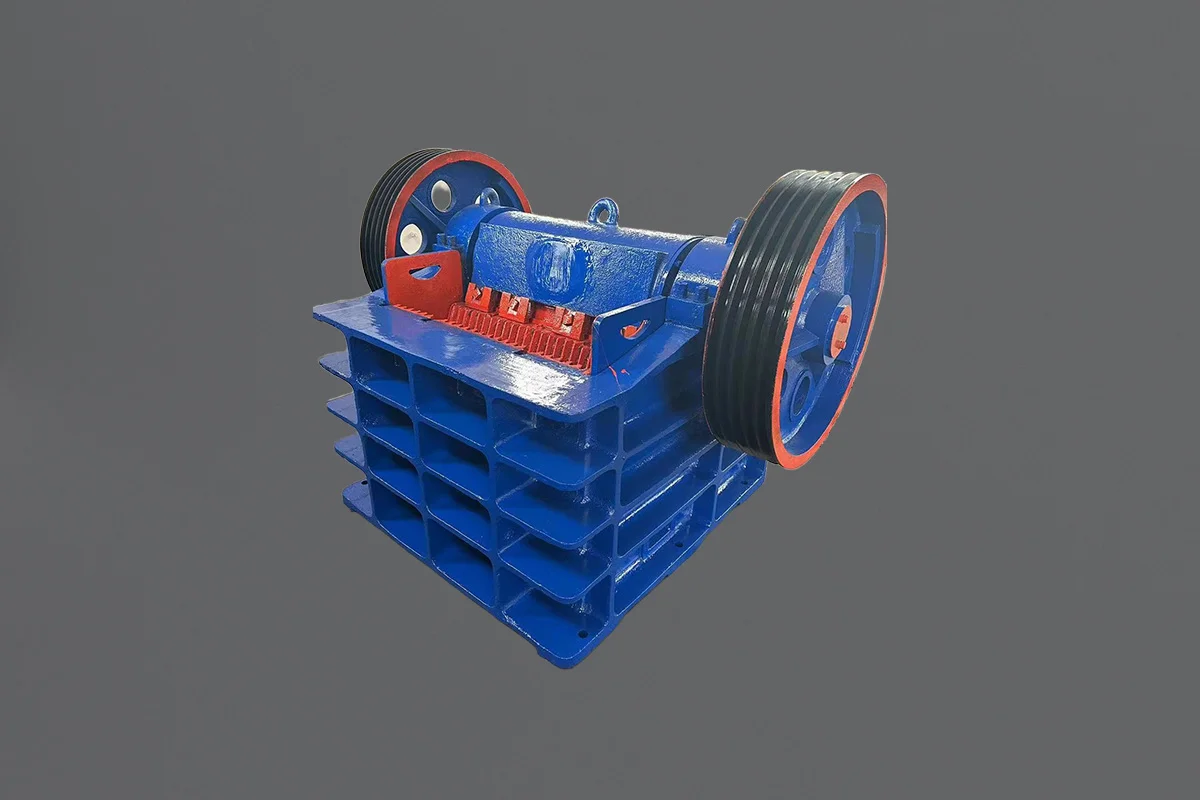Jaw crushers are the workhorses of primary crushing stages in mining, quarrying, and aggregate production. At the heart of their performance lies the jaw plates—critical wear parts that directly interact with raw materials to reduce rock, ore, or concrete into manageable sizes. Selecting the right jaw plates for your Sandvik crusher is not just about maximizing productivity; it’s about optimizing wear life, minimizing downtime, and reducing total operating costs. With Sandvik’s extensive range of jaw plate designs, alloys, and configurations, making the right choice requires a deep understanding of your application, material characteristics, and crusher setup.
This guide will walk you through the key factors to consider when choosing jaw plates for Sandvik CJ-series crushers, including alloy selection, tooth patterns, feed properties, and maintenance strategies.
1. Understanding Jaw Plates: The Basics
Jaw crushers operate by compressing material between a fixed jaw plate (stationary) and a moving jaw plate (reciprocating). The geometry of these plates determines how effectively the crusher grips, crushes, and discharges material. Over time, abrasive wear, impact forces, and material slippage degrade the plates, necessitating replacements. The goal is to select jaw plates that:
- Maximize crushing efficiency (reduction ratio and throughput).
- Extend wear life to reduce replacement frequency.
- Minimize operational costs (lower cost per ton).
Sandvik offers a variety of jaw plates tailored to different applications, each designed with unique profiles, alloys, and configurations. Let’s break down the selection process step by step.
2. Key Factors in Jaw Plate Selection
A. Material Characteristics: Rock Type and Abrasiveness
The abrasiveness and compressive strength of the processed material are the starting points for jaw plate selection. Sandvik categorizes materials based on their Abrasion Index (AI) and Work Index (WI), which quantify wear potential and crushability:
| Abrasion Index (AI) | Rock Examples | Wear on Jaw Plates |
|---|---|---|
| <0.1 | Limestone, Dolomite | Very low wear |
| 0.1–0.4 | Basalt, Gabbro | Intermediate wear |
| 0.4–0.8 | Granite, Quartzite | High wear |
| >0.8 | Sandstone, Iron Ore | Extremely high wear |
Guidelines:
- Low AI materials (e.g., limestone): Opt for standard M1 alloy plates with sharp teeth for high grip and fines production.
- High AI materials (e.g., granite): Use premium alloys like M2, M7, or M8 for enhanced abrasion resistance.
B. Jaw Plate Alloys: Balancing Wear Resistance and Toughness
Sandvik’s jaw plates are manufactured from austenitic manganese steel alloys with varying levels of manganese (Mn), carbon (C), and chromium (Cr). Each alloy offers distinct advantages:
| Alloy | Manganese (%) | Carbon (%) | Chromium (%) | Best For |
|---|---|---|---|---|
| M1 | 12–14 | 1.2–1.5 | 0.5–2 | High impact resistance, general use |
| M2 | 17–19 | 1.2–1.5 | 0.5–2 | Abrasive rocks, longer wear life |
| M7/M8 | 17–19 | 1.2–1.5 | 0.5–2 | Extreme abrasion, reduced impact |
| M9 | 21–23 | 1.2–1.5 | 0.5–2 | Premium wear life (up to 20% longer) |
Key Takeaway:
- M1: Ideal for hard, non-abrasive rocks where shock resistance is critical.
- M2/M7/M8: Suitable for abrasive materials like sandstone or iron ore.
- M9: A premium choice for high-abrasion applications requiring minimal downtime.
C. Tooth Patterns: Matching Profile to Application
The tooth pattern on jaw plates influences grip, fines generation, and wear distribution. Sandvik offers seven primary patterns:
- Wide Teeth (WT):
- Design: Broad, flat teeth for high wear resistance.
- Best For: Feed with high fines content (e.g., clay-rich materials).
- Wide Wave (WW):
- Design: Wavy profile for slabby, less abrasive feed.
- Best For: Easy-to-crush materials like soft limestone.
- Corrugated (C):
- Design: Grooved surface for small CSS settings.
- Best For: Low-abrasion materials requiring tight top-size control.
- Coarse Corrugated (CC):
- Design: Deeper grooves for abrasive feed.
- Best For: Large CSS settings and high AI materials.
- Sharp Teeth (ST):
- Design: Aggressive grip for flaky or angular feed.
- Best For: Materials prone to slippage (e.g., flaky granite).
- Heavy Duty (HD):
- Design: Ultra-thick, robust profile.
- Best For: Extremely abrasive ores (e.g., taconite).
- Heavy Duty Ultra-Thick (UT):
- Design: 30% thicker than HD for extended life.
- Best For: Severe applications with frequent impact.
Selection Tips:
- High fines content: Use WT or C plates to prevent packing.
- Flaky/angular feed: ST plates improve grip and reduce slippage.
- Abrasive feed: CC, HD, or UT plates withstand prolonged wear.
D. Jaw Plate Configuration: One-Piece vs. Multi-Piece Designs
Sandvik offers jaw plates in four configurations to suit crusher size and maintenance needs:
- 1-Piece Plates:
- Pros: Easy installation, fewer components.
- Cons: Heavy, requiring lifting tools; limited flip potential.
- Models: Smaller crushers (e.g., CJ211, CJ409).
- 2-Piece Plates:
- Pros: Balanced weight, easier handling.
- Cons: Requires precise alignment during installation.
- 3-Piece Plates:
- Pros: Lightweight segments, extended life via rotation.
- Cons: Longer installation time.
- 6-Piece Plates:
- Pros: Ideal for large crushers (e.g., CJ815); modular replacement.
- Cons: Complex assembly.
Best Practice: Rotate plates 3–4 times during their lifecycle to ensure even wear and maintain nip angle.
3. Model-Specific Recommendations
Sandvik’s CJ-series crushers have unique jaw plate requirements. Here are examples for popular models:
CJ615 (JM1511):
- Recommended Plates:
- Fixed Plate: Coarse Corrugated (CC) or Heavy Duty (HD).
- Moving Plate: Coarse Corrugated (CC).
- Alloy: M8 for abrasive feed (e.g., quartzite).
CJ815 (JM1513):
- Recommended Plates:
- Fixed Plate: Heavy Duty Ultra-Thick (UT).
- Moving Plate: Coarse Corrugated (CC).
- Alloy: M9 for extended wear life in high-tonnage quarries.
CJ412 (JM1208):
- Recommended Plates:
- Fixed Plate: Wide Teeth (WT).
- Moving Plate: Corrugated (C).
- Alloy: M2 for mixed feed (e.g., limestone with clay).
4. Maintenance Tips to Prolong Jaw Plate Life
Even the best jaw plates underperform without proper maintenance:
- Regular Inspections:
- Check for cracks, uneven wear, or “ski-slope” profiles.
- Replace plates when thickness drops to 15 mm above clamping bars.
- Optimize CSS and Nip Angle:
- A smaller CSS increases nip angle, improving grip but accelerating wear.
- Use shim plates to adjust nip angle for slippery materials.
- Avoid Trickle Feeding:
- Ensure choke feeding to distribute wear evenly.
- Install level sensors in the feed hopper.
- Rotate Plates Strategically:
- Flip plates before teeth are fully worn to maintain crushing geometry.
5. Case Study: Solving Wear Issues in a Granite Quarry
Problem: A CJ612 crusher processing granite (AI 0.6) experienced premature plate wear (3 weeks lifespan).
Solution:
- Switched from M1 Corrugated (C) plates to M8 Coarse Corrugated (CC).
- Adjusted CSS from 125 mm to 140 mm to reduce nip angle stress.
Result: Wear life extended to 8 weeks, with 15% lower cost per ton.
Conclusion
Choosing the right jaw plates for your Sandvik crusher is a balance of science and practicality. By analyzing material properties, selecting appropriate alloys and profiles, and adhering to maintenance best practices, operators can significantly enhance crusher efficiency and profitability. Always consult Sandvik’s technical team or your local dealer for application-specific recommendations—because the right jaw plates don’t just crush rock; they crush costs.
References Sources: Crushing Chamber Application Guide
If you need cheap and good quality aftermarket Sandvik jaw plates, please check: Qiming Casting’s crusher jaw plates.



